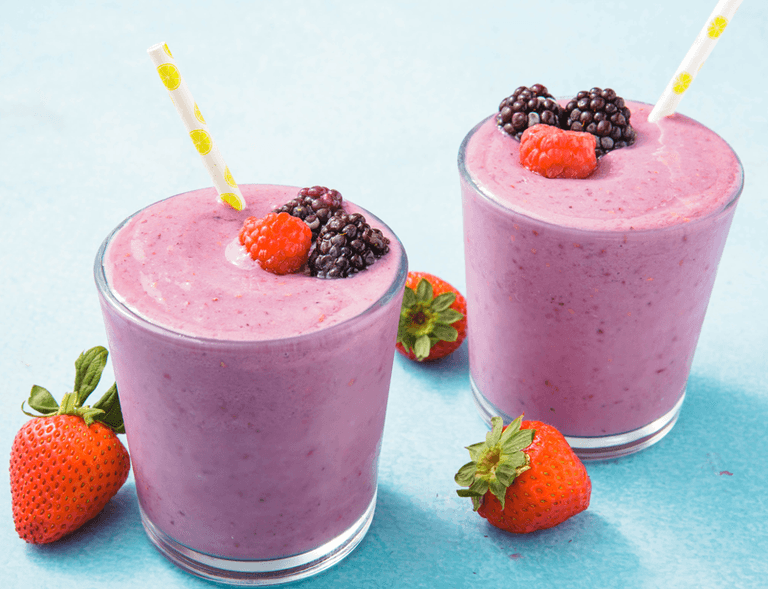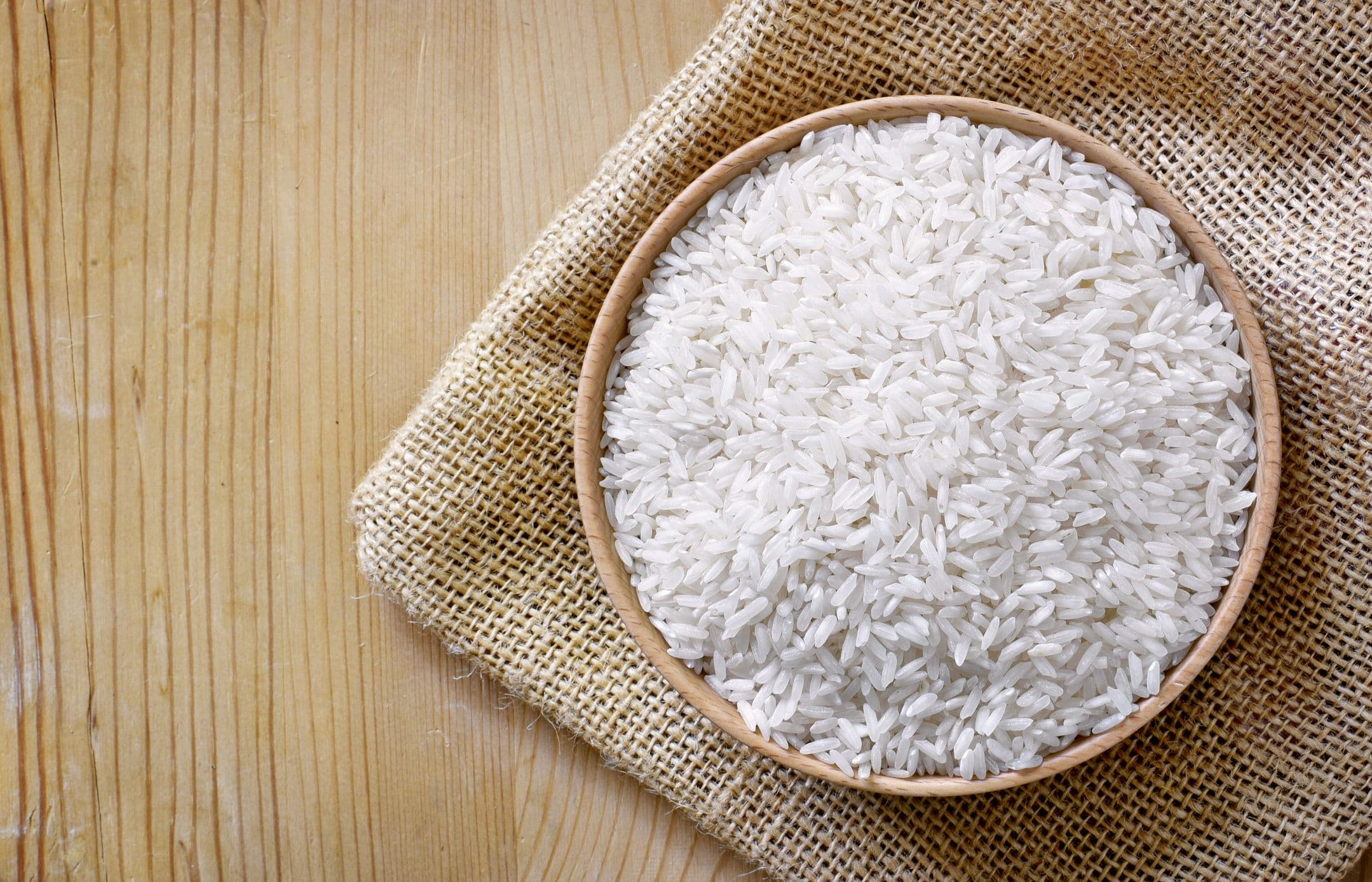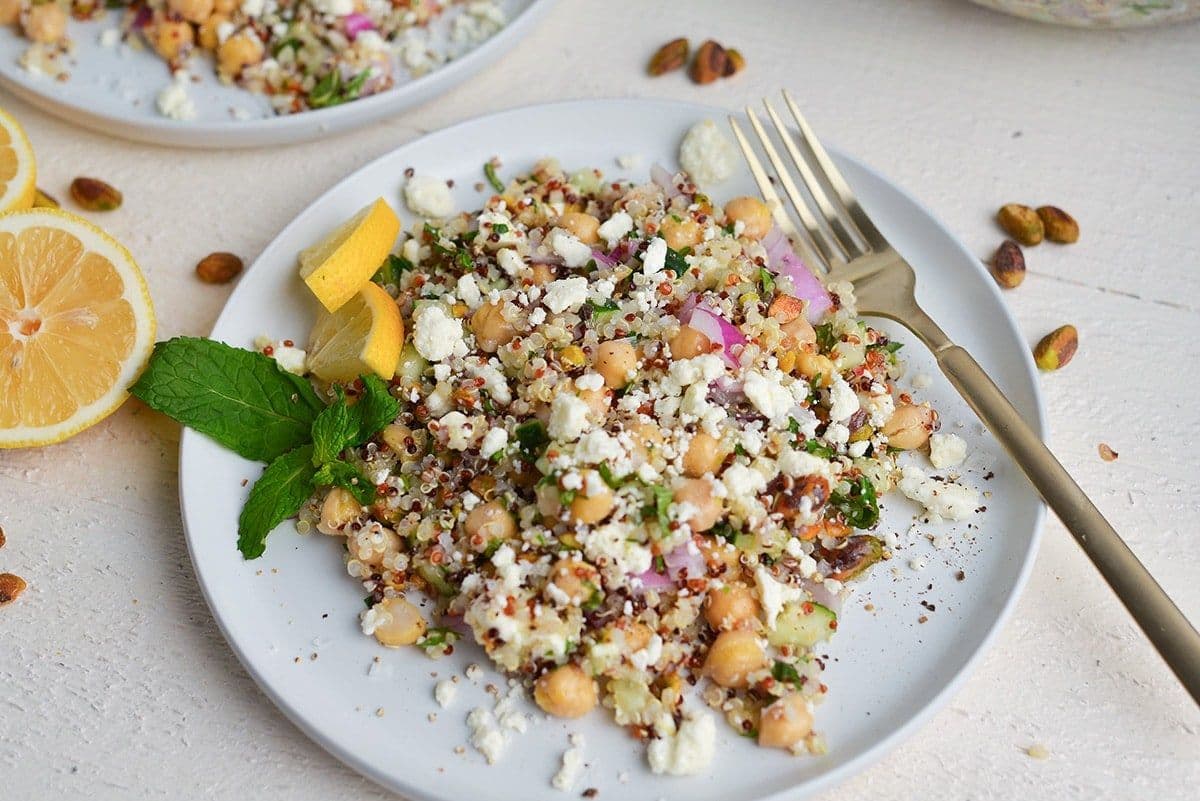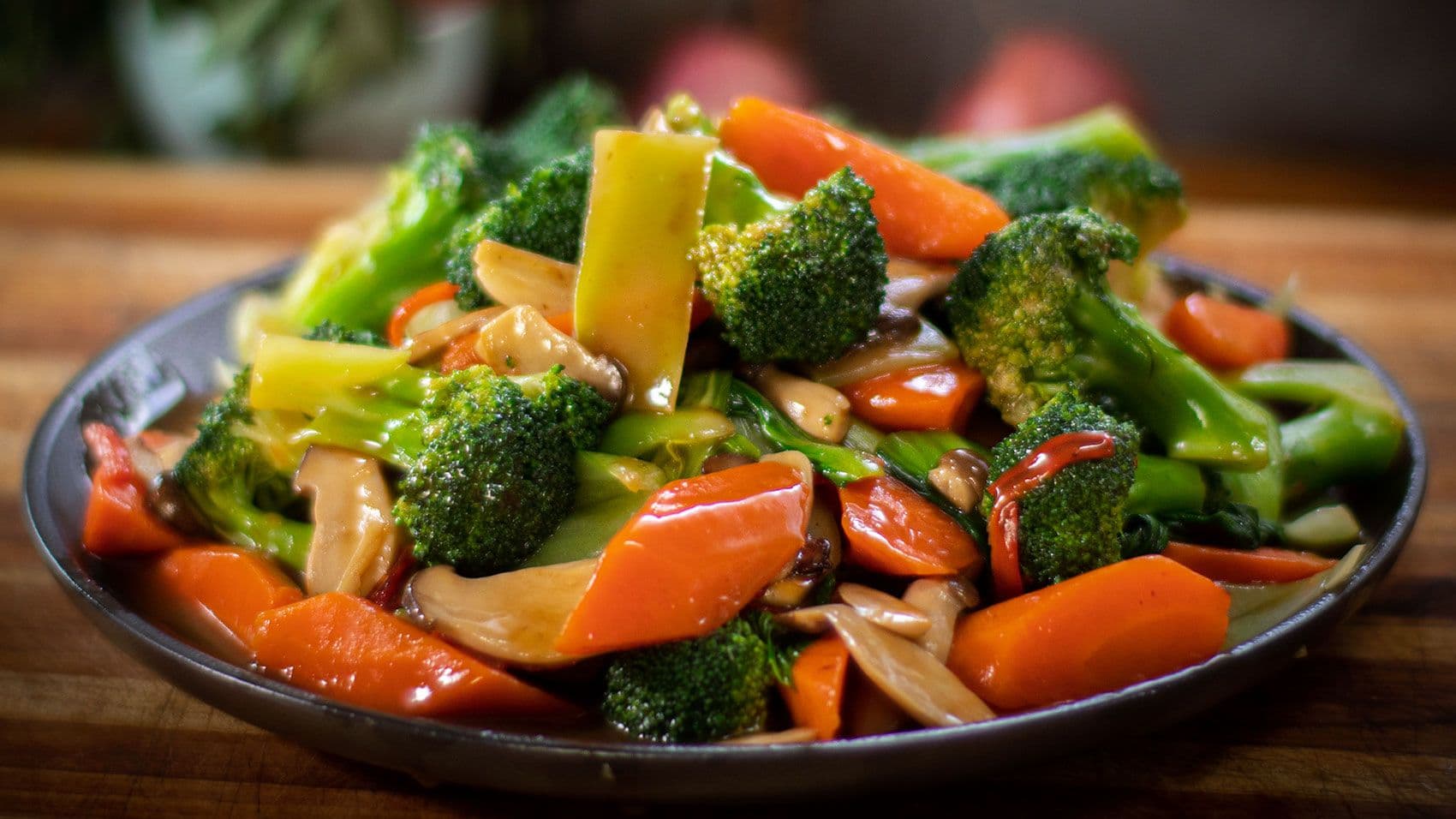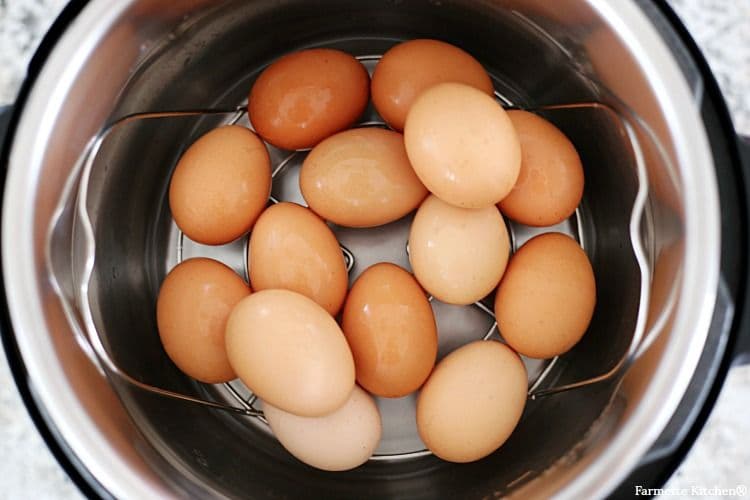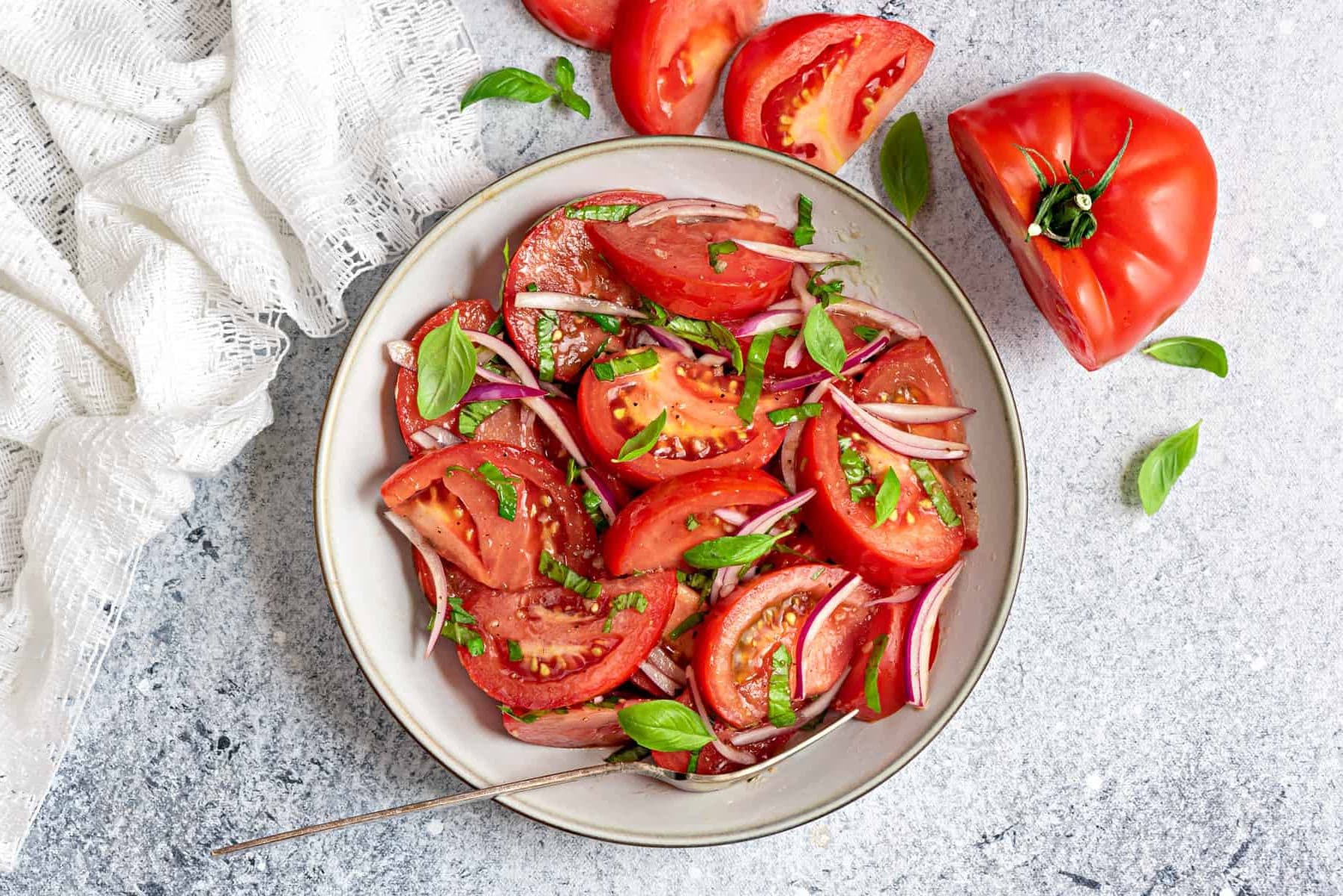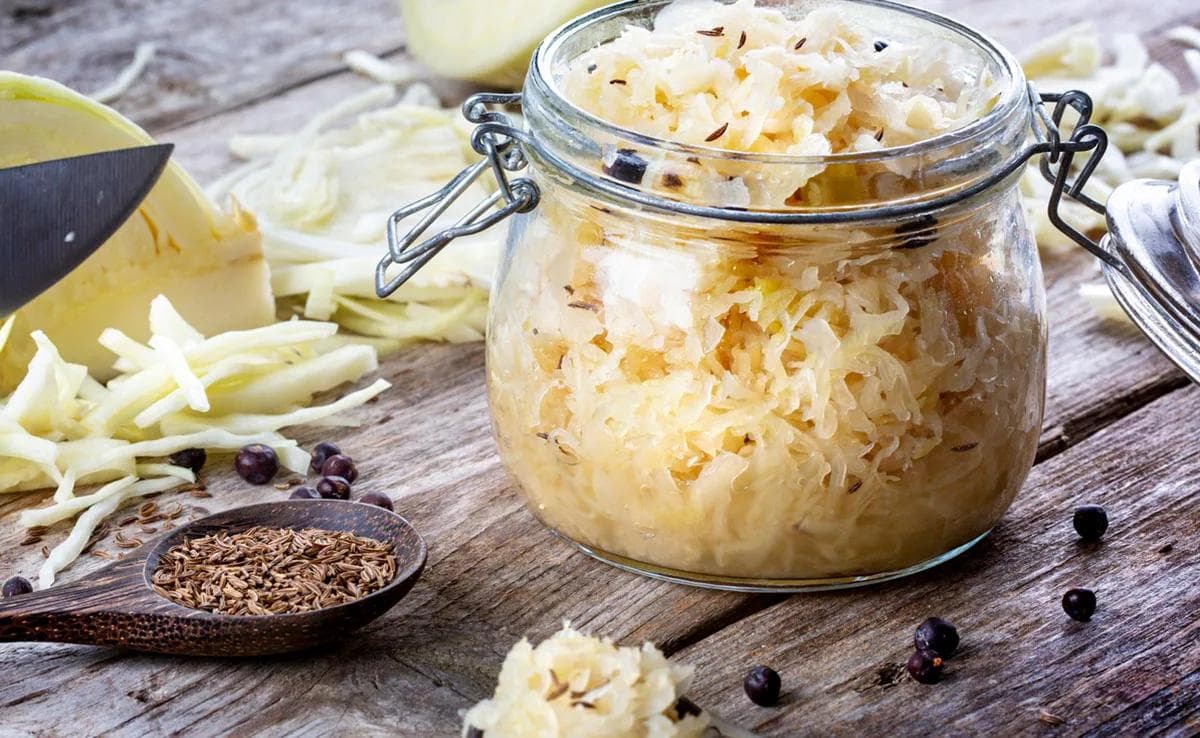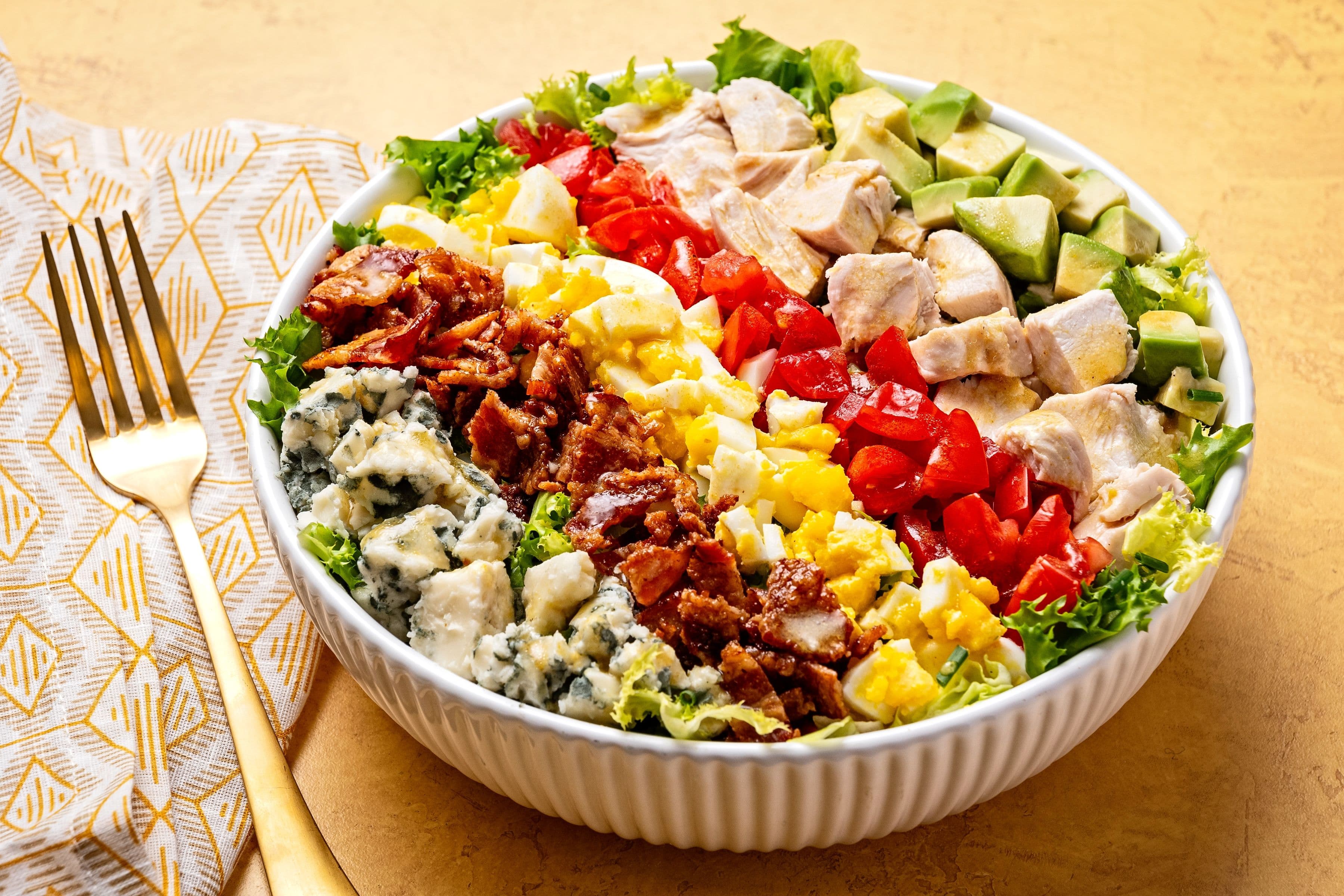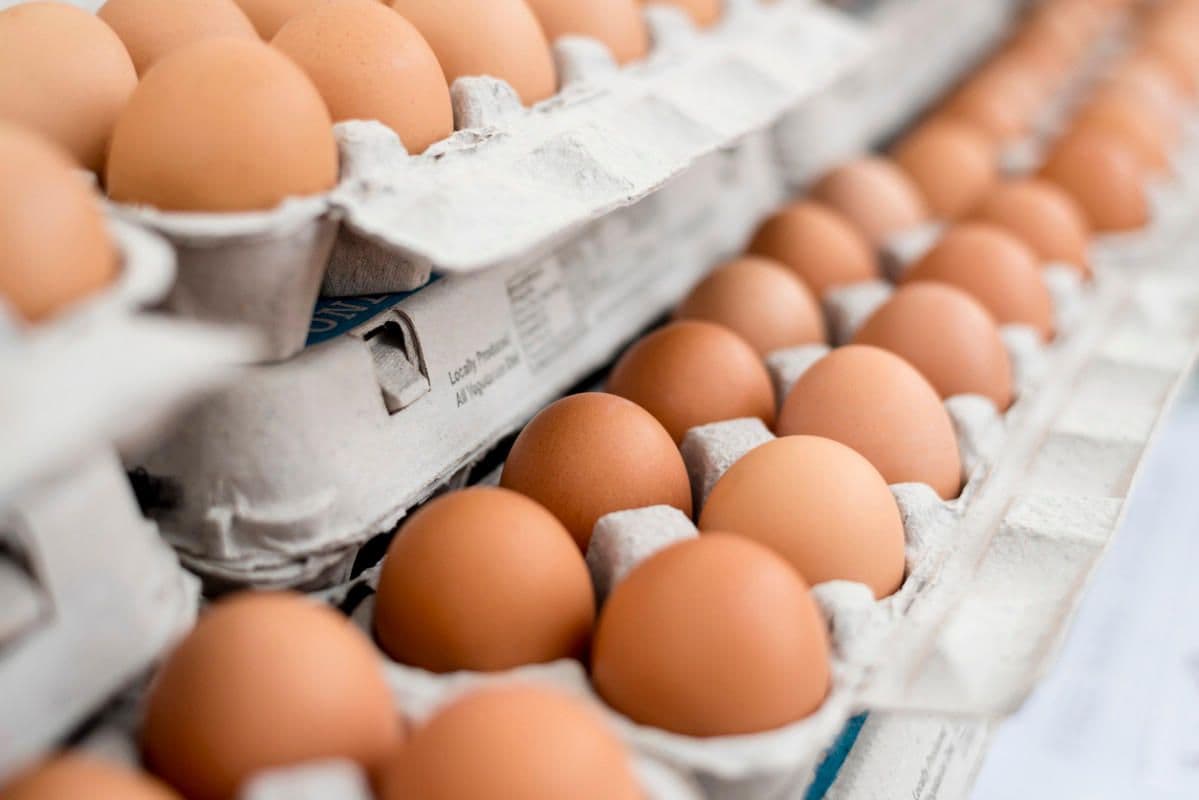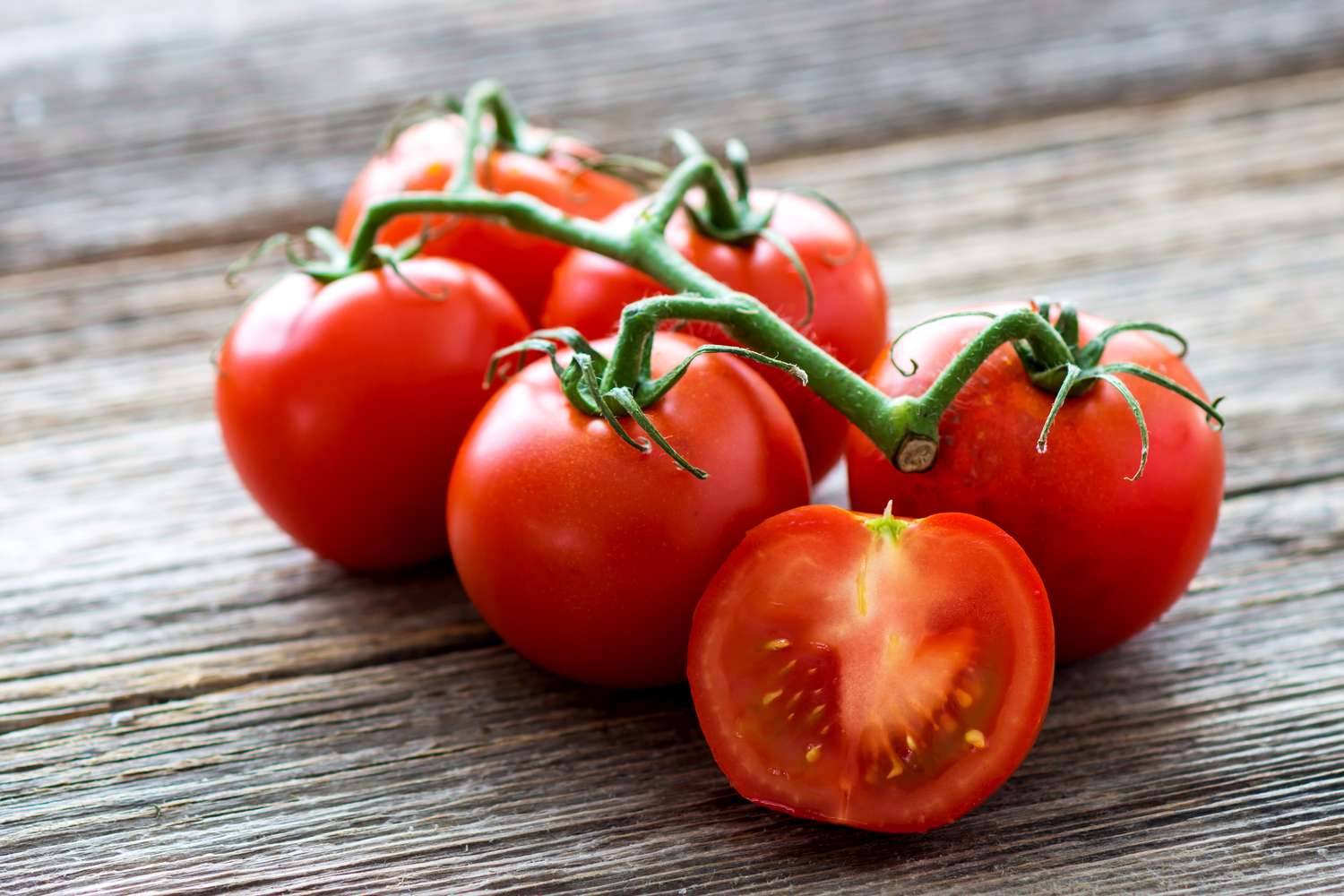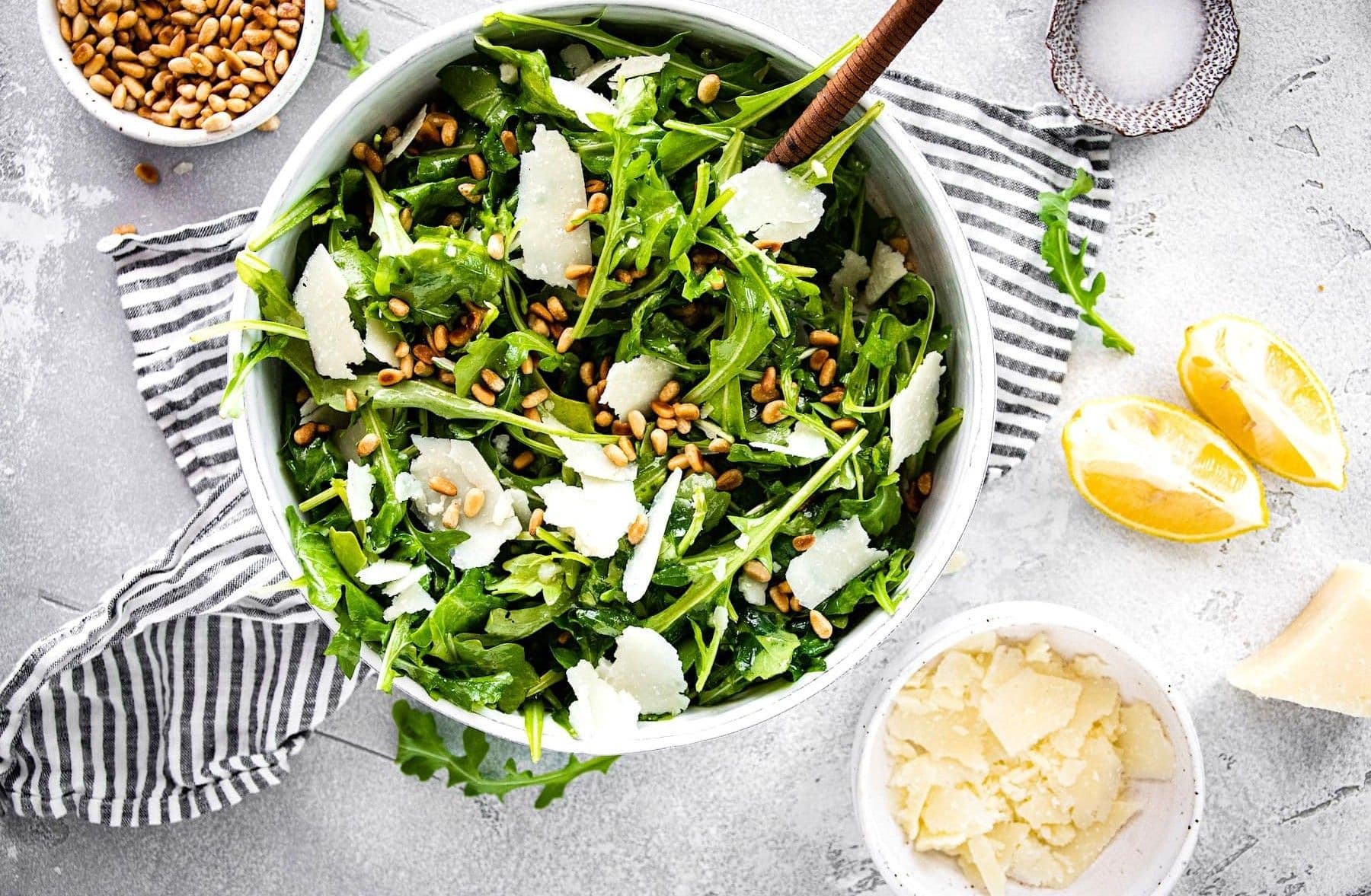The Secret to Next-Level Smoothies
Making a well-made smoothie starts with selecting fresh, high-quality ingredients. The foundation of a good smoothie always includes a combination of fruits, a liquid for blending, and a thickening element like yogurt or a protein base. Be sure to choose fruits that are at their peak ripeness to maximize flavor and texture. A good smoothie should be balanced in terms of taste and nutrients, so pay attention to the amount of each ingredient you add.
A key recommendation is to start with small amounts of each ingredient and adjust to taste, avoiding overloading the blender, as this could affect the final consistency. Also, remember that the choice of liquid and its quantity will influence the texture of the smoothie, something we will explore further in the following sections.

Use Frozen Fruit
Using frozen fruit in your smoothies is an excellent way to achieve a creamier texture and keep the drink cold without the need for additional ice, which could dilute the flavor. Frozen fruit retains its freshness and flavor, allowing you to enjoy your favorite fruits even when they’re out of season. Additionally, frozen fruit is easier to store and ready to use at any time, making smoothie preparation quick and convenient.
When choosing frozen fruits, it's important to opt for those without added sugars to keep the smoothie as healthy as possible. You can also freeze your own fresh fruits at home by cutting them into small pieces before storing them in airtight bags. This allows you to control the quality and ripeness of the fruit, ensuring that every smoothie you make is packed with flavor.

What’s Best to Use in a Smoothie: Water, Milk, or Juice?
Water is the lightest and most neutral option, ideal if you’re looking for a low-calorie drink with a more liquid consistency. It doesn’t add flavor, making it perfect when other ingredients are already intense. Milk, whether dairy or plant-based, adds creaminess and nutrients like protein and calcium, making it an excellent choice for a more nutritious and filling smoothie.
Juice, on the other hand, provides a sweet, fruity flavor that can enhance your smoothie’s profile. However, it’s important to use it in moderation due to the additional sugars it contains. The choice between water, milk, or juice depends on the texture and flavor you prefer, as well as your nutritional goals.

How to Achieve the Perfect Texture: Thick vs. Liquid
The texture of a smoothie plays a crucial role in the overall enjoyment. For those who prefer a thicker smoothie that can be savored with a spoon, using frozen fruits, yogurt, or avocado is ideal. Starting with less liquid and adjusting as needed helps maintain a creamy consistency.
On the other hand, if a more liquid smoothie is your preference, begin with extra liquid like water, milk, or juice. Fresh fruits instead of frozen ones can also result in a lighter texture. The key is to experiment and find the balance that best suits your taste.

Tips for Making a Tastier Smoothie Without Adding Sugar
Achieving a delicious smoothie without adding refined sugar is possible by taking advantage of the natural sweetness of the ingredients. Ripe fruits like bananas, mangoes, and dates are excellent options for naturally sweetening your smoothie. These fruits not only add sweetness but also a smooth and creamy texture that enhances the consistency of the drink.
- Add Spices: Spices like cinnamon, ginger, and vanilla can elevate the flavor of your smoothie without the need for sugar. These spices add a warm and deep touch to the flavor, making your smoothie more complex and satisfying.
- Incorporate Nuts: Nuts like almonds, walnuts, or chia seeds not only add a crunchy touch but also provide healthy fats and proteins, making your smoothie more nutritious and filling. Plus, you can use them as a garnish after blending, which adds a contrast of textures to your smoothie experience.
With these tricks, you can enjoy a smoothie full of flavor and health benefits without the need for added sugars.

How to Make the Perfect Smoothie
Ingredients (2 servings)
- 1 cup fresh or frozen fruit (banana, strawberries, or mango work well).
- 1/2 cup liquid (water, milk, or juice, per your preference).
- 1/4 cup thickener (plain yogurt, avocado, or nut butter).
- 1/2 cup vegetables (optional: spinach or kale, for added nutrition).
- 1 tablespoon protein powder (or 1/4 cup Greek yogurt, optional for extra protein).
- 2 teaspoons healthy fats (chia seeds, flaxseeds, or nuts).
- 1 teaspoon spices (vanilla or ground cinnamon, optional for flavor).
- 1/2–1 cup ice (depending on your texture preference and whether fruit is frozen).
- Handful of nuts or granola (for garnish after blending, optional).
Step-by-step Preparation
1. Prepare Your Ingredients
Gather 1 cup of fresh or frozen fruit, such as sliced banana or chopped mango. If you’re adding a vegetable element for nutrition, measure 1/2 cup of spinach or kale. Having all ingredients prepped and ready makes blending efficient and ensures balanced flavor.
2. Add Ingredients to the Blender
Begin by pouring 1/2 cup of your chosen liquid into the blender to help the blades move smoothly and prevent sticking. Next, add the fruit, vegetables (if using), 1/4 cup thickener such as yogurt or avocado, and 1 tablespoon protein powder or 1/4 cup Greek yogurt for additional creaminess and nutrition. Sprinkle in 2 teaspoons chia or flaxseeds for healthy fats and fiber, and 1 teaspoon vanilla or cinnamon for a richer flavor profile.
3. Blend for Ideal Consistency
Add 1/2 to 1 cup of ice depending on whether you prefer a thicker, spoonable smoothie or a lighter one for sipping. Starting on low speed, gradually blend the mixture, then increase to high until all ingredients are fully incorporated and the texture is completely smooth. Use a spatula to scrape down the sides once or twice if needed, ensuring every ingredient is mixed thoroughly.
3. Check and Adjust Texture & Taste
Pause to check the texture; if the smoothie is too thick, add extra liquid a tablespoon at a time and blend again. Taste, adjusting sweetness by adding a few more pieces of fruit or a pinch more spice, if desired. This step also lets you adapt the recipe for those who want more or less creaminess or sweetness.
4. Serve and Garnish
Pour the finished smoothie into bowls for a thick blend or glasses for a drinkable consistency. Top with a handful of chopped nuts, granola, or extra seeds for crunch and visual appeal before serving. For a final decorative touch, try adding fresh fruit slices or a dash of cinnamon on top.

What Is the Right Amount of Ice in a Smoothie?
Ice is a key component to achieving the perfect texture and temperature in a smoothie. However, the amount of ice you use can vary depending on the type of smoothie you want to prepare. As a general rule, it’s recommended to use between 1/2 cup to 1 cup of ice per smoothie serving. This amount is enough to chill the drink and give it a thicker texture without overly diluting the flavor.
If you prefer a lighter smoothie, use less ice or omit it altogether, especially if you’re already using frozen fruits. This will help maintain a more fluid consistency and prevent the smoothie from becoming too watery.

How to Serve in a Bowl or a Glass? Don’t Forget to Decorate Your Smoothie
How you serve your smoothie can enhance both the visual and flavor experience. Serving it in a bowl or a glass depends on the type of smoothie you’ve made. If you’ve prepared a thicker smoothie, a bowl is the best option. You can decorate it with fresh fruits, granola, seeds, or nuts, which not only adds a crunchy touch but also makes it visually appealing.
On the other hand, if your smoothie is more liquid, a glass is ideal. You can add a slice of fruit to the rim of the glass or sprinkle a bit of cinnamon or cocoa powder on top for a special touch. Decorating your smoothie not only improves its presentation but also adds a bit more flavor and texture.
Choosing how to serve and decorate your smoothie is the perfect opportunity to personalize it to your tastes and impress those you share it with.

Conclusion
Creating the perfect smoothie is a combination of good ingredients, the right portions, and a bit of creativity. From choosing frozen fruits to deciding whether to serve it in a bowl or a glass, every detail counts to achieve a delicious and nutritious drink. Experiment with different combinations and techniques to find what you like best, and don’t forget to decorate your smoothie to give it that final touch that makes it even more special.
Frequently Asked Questions
Q: Can I use frozen fruit in my smoothie, and is it better than fresh?
A: Yes, using frozen fruit creates a creamier texture and keeps your smoothie cold without watering down the flavor. Frozen fruit is also convenient and retains its nutrients, making it a great choice any time of year.
Q: What liquid should I use for the best smoothie results?
A: Water makes for a light, neutral base; milk (dairy or plant-based) adds creaminess and nutrients; and juice brings sweetness but with more sugar. The choice depends on the flavor, texture, and nutritional needs you prefer.
3. How do I get a thick versus a thin smoothie texture?
For thicker smoothies, use frozen fruits and less liquid or include yogurt and avocado. For a thinner texture, start with more liquid and use fresh fruit, adjusting until your desired consistency is reached.
Q: How can I make my smoothie sweet and flavorful without sugar?
A: Use ripe fruits like bananas or mangoes for natural sweetness, and add spices like cinnamon or vanilla for depth. This approach gives a rich, satisfying taste without adding refined sugar.
